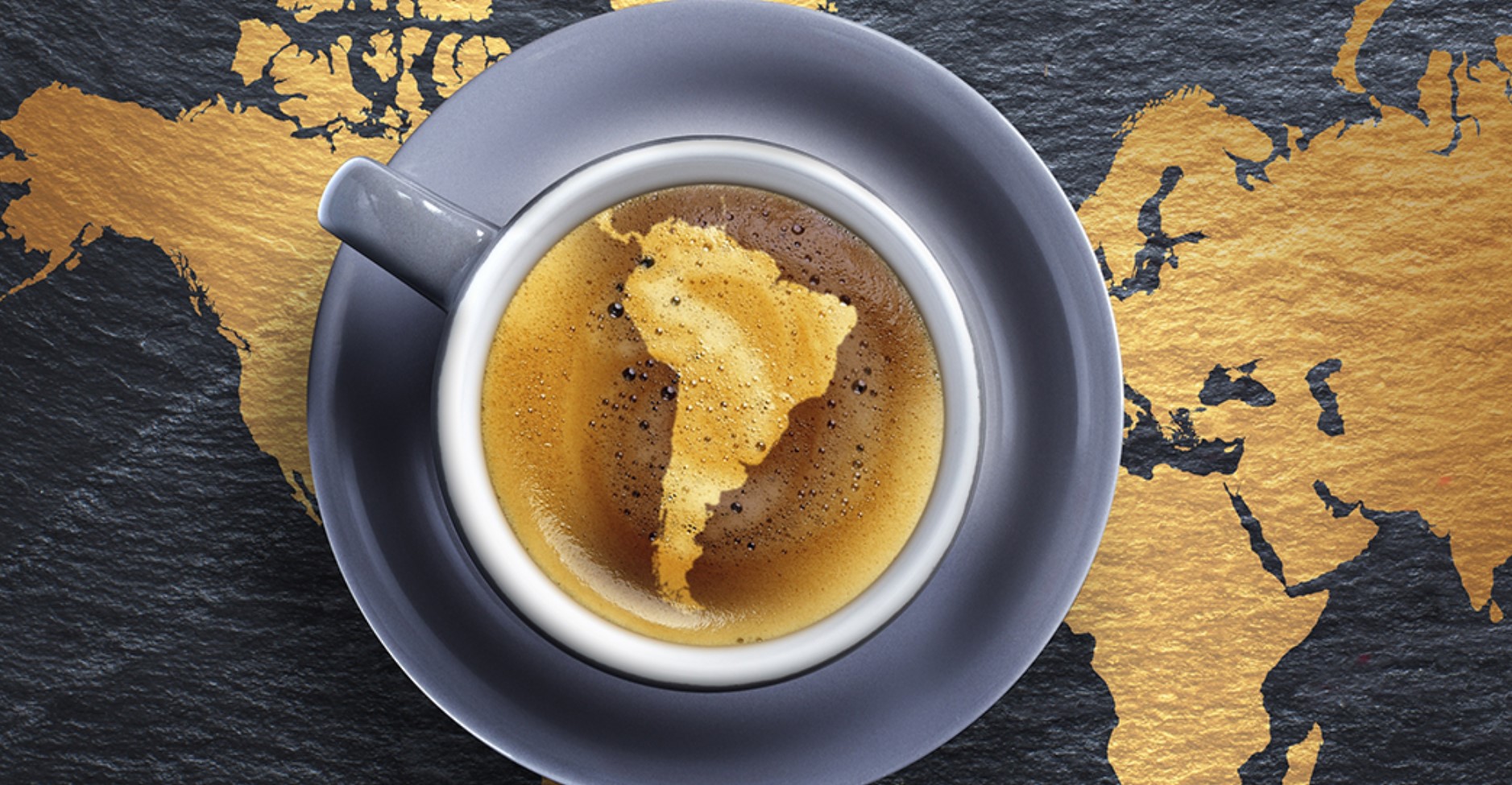Coffee, the beloved beverage that fuels millions of people around the world, is much more than just a drink. It’s a cultural phenomenon with a rich history and diverse traditions. In this coffee connoisseur’s travel guide, we will embark on a journey to explore the captivating coffee cultures that exist across the globe. From the bustling streets of Italy to the serene plantations of Ethiopia, each destination offers a unique and delightful coffee experience.
Coffee Origins: Unraveling the Bean’s Story
The story of coffee begins in the lush highlands of Ethiopia, where legend has it that a young goatherd named Kaldi discovered the stimulating effects of the coffee bean. From Ethiopia, coffee made its way to Yemen, where it was cultivated and traded. The first coffeehouses emerged in the Ottoman Empire, becoming hubs of intellectual discussions and social interactions.
European Enchantment: Embracing Coffee in Europe
Europe has a deep and enchanting relationship with coffee, and each country in this diverse continent has its own unique way of appreciating this beloved beverage.
- Italy: The Birthplace of Espresso
Italy is undeniably the birthplace of espresso, the concentrated coffee shot that has become the heart of countless coffee creations worldwide. Italians take their coffee seriously, standing at the bar to enjoy a quick and intense shot of espresso before resuming their busy day. The rich crema on top of the espresso is a mark of its quality and craftsmanship.
- France: The Artful Café Culture
In France, coffee is not just a beverage; it’s an artful experience. French cafés exude an ambiance of sophistication and leisure, making them perfect spots for people-watching and engaging in intellectual conversations. The French enjoy their coffee slowly, savoring each moment as they indulge in the rich flavors and aroma.
- Austria: The Timeless Viennese Coffeehouses
Austria’s Viennese coffeehouses have stood the test of time and remain as symbols of refinement and elegance. These coffeehouses are known for their grand architecture, ornate interiors, and plush seating. The Viennese coffee culture revolves around leisurely hours spent in conversation or deep in thought, accompanied by delectable pastries and, of course, coffee.
In conclusion, European countries have embraced coffee in their own distinctive ways, creating a tapestry of coffee cultures that captivate and delight enthusiasts from all over the world. Whether you prefer the quick jolt of espresso in Italy, the artistic ambiance of French cafés, or the timeless elegance of Viennese coffeehouses in Austria, Europe offers an enchanting journey for coffee connoisseurs and casual enthusiasts alike.
Asia’s Aroma: Savoring Coffee in the East
Turkey, with its rich coffee traditions and the unique method of brewing in a cezve, offers a delightful coffee experience. Vietnam charms with its strong and sweet iced coffee, while Japan transitioned from tea to embrace the third-wave coffee movement.
South American Splendor: Diving into Latin American Coffee
South America is a region blessed with a diverse and splendid coffee culture. Let’s explore three countries that stand out in shaping the coffee industry in this part of the world: Brazil, Colombia, and Costa Rica.
|
Country |
Coffee Production |
Unique Features |
|
Brazil |
Largest producer |
– Vast coffee plantations |
|
globally |
– Rich and bold flavors |
|
– Diverse coffee varietals |
||
|
Colombia |
Mountainous terrain |
– High-altitude coffee cultivation |
|
and perfect climate |
– Balanced and nuanced flavor profiles |
|
– Coffee known for its acidity and body |
||
|
Costa Rica |
Sustainable |
– Commitment to eco-friendly practices |
|
coffee production |
– Unique micro-lots and specialty beans |
|
|
– Delicate and vibrant coffee flavors |
- Brazil: The Largest Coffee Producer Globally
- Brazil’s vast coffee plantations and favorable climate make it the largest coffee producer globally. The country’s coffee industry plays a significant role in shaping global coffee trends. Brazilian coffee is known for its richness and bold flavors, making it a popular choice for espresso blends. The country also boasts a wide array of coffee varietals, contributing to the diversity of coffee offerings worldwide.
- Colombia: The Pioneers of High-Altitude Coffee
- Colombia’s mountainous terrain and perfect climate provide ideal conditions for growing exceptional coffee beans. The high-altitude cultivation imparts unique characteristics to Colombian coffee, resulting in a balanced and nuanced flavor profile. Colombian coffee is celebrated for its pleasant acidity and full-bodied texture, making it a favorite among coffee enthusiasts.
- Costa Rica: A Model of Sustainable Coffee Production
- Costa Rica stands as a beacon of sustainable coffee production. The country has embraced eco-friendly practices, focusing on organic and environmentally conscious cultivation methods. Costa Rican coffee is famous for its micro-lots and specialty beans, with small-scale farmers producing exceptional and distinct flavors. The coffee from Costa Rica often delights with delicate and vibrant taste notes.
- In conclusion, South America’s coffee splendor is embodied by Brazil’s vast plantations, Colombia’s high-altitude coffee, and Costa Rica’s commitment to sustainability. Each country contributes its unique flavors and traditions to the world of coffee, offering a rich and diverse experience for coffee enthusiasts worldwide.
African Allure: Exploring the Continent’s Coffee Heritage
Returning to its roots, Ethiopia stands proudly as the birthplace of coffee, with traditional coffee ceremonies that celebrate the beverage’s significance. Kenya, on the other hand, focuses on specialty coffee, with small farmers producing unique and flavorful beans. Rwanda’s coffee industry contributes to the nation’s recovery and development.
Brewing Techniques: From Traditional to Modern
When it comes to making coffee, the brewing method can greatly influence the final taste and aroma of the beverage. From traditional to modern approaches, there’s a myriad of techniques to explore.
One of the popular traditional methods is the pour-over, which involves manually pouring hot water over coffee grounds in a filter. This method allows for precise control over the brewing process, resulting in a balanced and nuanced cup of coffee. The pour-over method is favored by coffee enthusiasts who appreciate the artistry and hands-on approach to brewing.
On the other end of the spectrum is the espresso, a modern marvel in the world of coffee. Espresso machines force hot water through finely-ground coffee beans under high pressure, extracting the concentrated essence of coffee in a matter of seconds. This intense and rich brew forms the foundation of countless coffee beverages like lattes and cappuccinos, showcasing the true potential of coffee’s flavors.
For those seeking a refreshing and smooth alternative, cold brew is the way to go. This modern technique involves steeping coarsely-ground coffee in cold water for an extended period, often 12-24 hours. The slow extraction process produces a coffee concentrate that can be diluted with water or milk, creating a delightful and chilled drink perfect for hot summer days.
In the world of coffee, the brewing method is a fascinating journey that offers a range of tastes and experiences. Whether you prefer the artful precision of pour-over, the intense kick of espresso, or the refreshing allure of cold brew, each technique brings out unique flavors and aromas, catering to every coffee lover’s palate.
Coffee is much more than a caffeinated beverage; it’s a cultural journey that takes us around the world. Exploring global coffee cultures not only allows us to enjoy diverse coffee experiences but also connects us with the people and traditions behind this cherished drink.
FAQs
- What is the origin of coffee? Coffee is believed to have originated in Ethiopia, where a young goatherd named Kaldi discovered the stimulating effects of coffee beans.
- Which country produces the most coffee? Brazil is the world’s largest coffee producer, contributing significantly to the global coffee supply.
- What is specialty coffee? Specialty coffee refers to high-quality coffee beans that have been graded and roasted with precision to highlight unique flavors and characteristics.
- How can I support sustainable coffee practices? You can support sustainable coffee practices by choosing fair trade and organic coffee products and supporting smallholder farmers.
- What are some popular coffee-inspired desserts? Coffee-flavored desserts, such as tiramisu and coffee-infused cakes, are beloved treats among coffee enthusiasts.

